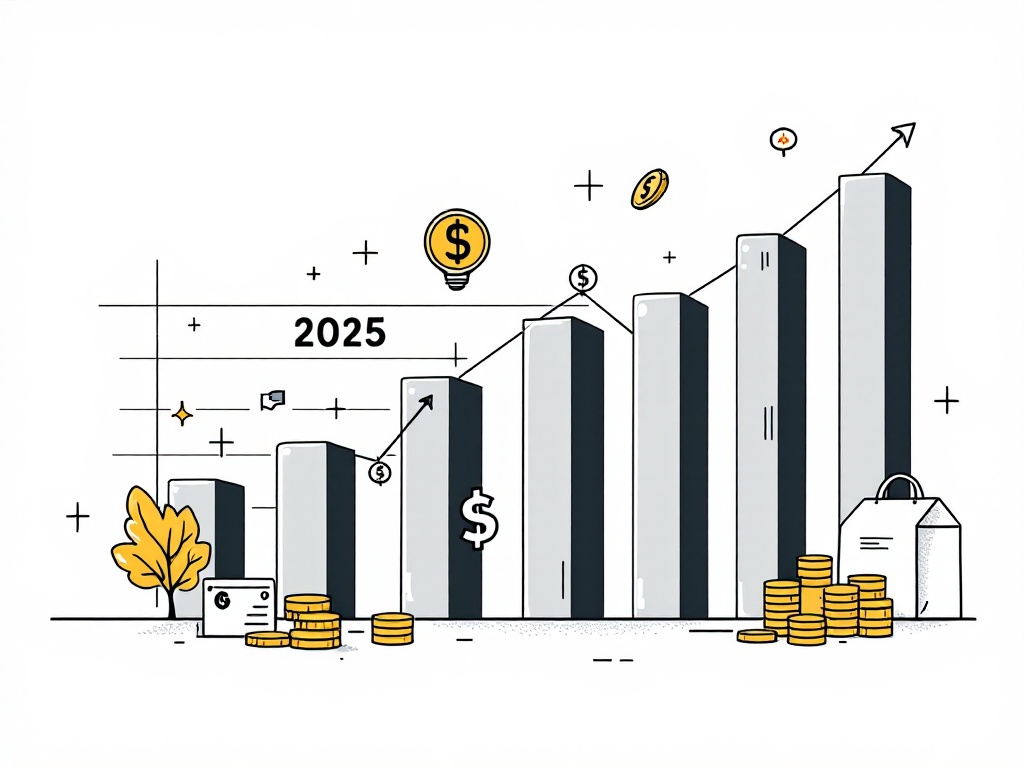March Retail Sales Surprise with Strong 1.4% Rise

United States, Wednesday, 16 April 2025.
U.S. retail sales surged by 1.4% in March 2025, surpassing expectations and reflecting robust consumer spending despite tariff concerns, indicating potential economic strengthening.
Key Drivers of Retail Sales Increase
In March 2025, the retail sector’s strong performance was highlighted by significant increases in the sales of motor vehicles and parts, which surged by 5.3%, and building materials, with a notable 3.3% rise [1]. Consumers were motivated to make purchases before anticipated tariff hikes, contributing to the robust sales figures. Economist Chris Rupkey noted that the panic buying behavior was akin to a ‘gigantic clearance sale,’ as consumers sought to capitalize on current pricing before expected future increases [1].
Impact of Auto Sales in March Gains
Auto sales played a critical role in driving the overall retail sales growth for March 2025. These sales soared by 5.7%, marking a 9.2% increase compared to March of the previous year [4]. The leap in auto sales is attributed to consumers rushing to purchase before new hefty tariffs impact automobile prices. This trend reflects consumer strategies to mitigate future financial burdens, reinforcing the strength of the sector against a backdrop of economic anxiety [4].
Sector-Specific Contributions and Concerns
Beyond automotive purchases, other retail sectors showed varied performance. Sporting goods, hobbies, and music stores witnessed a 2.4% increase in sales, further contributing to the retail surge, while food services and drinking places reported a 1.8% rise [1]. Despite these gains, some categories like gasoline stations saw a 2.5% decline, indicating that not all sectors benefited equally from consumer enthusiasm. Additionally, the ongoing tariff discussions continued to pose underlying concerns, affecting consumer sentiment and long-term planning [3].
Economic Implications and Future Outlook
The data from March 2025 offers a cautiously optimistic view of the U.S. economy. With core retail sales (excluding automobiles and gasoline) rising by 0.8%, the year-over-year increase reached 4.5% [5]. The broader economic context, involving tariffs and international trade policies, continues to influence consumer behavior and financial strategies. As experts anticipate moderate retail growth moving forward, the resilience shown in March amidst geopolitical uncertainties underscores the critical role of informed consumer spending in sustaining economic momentum [3][5].